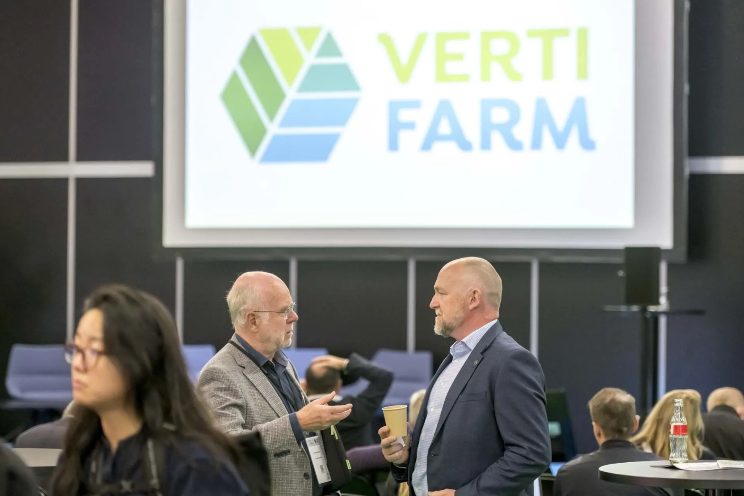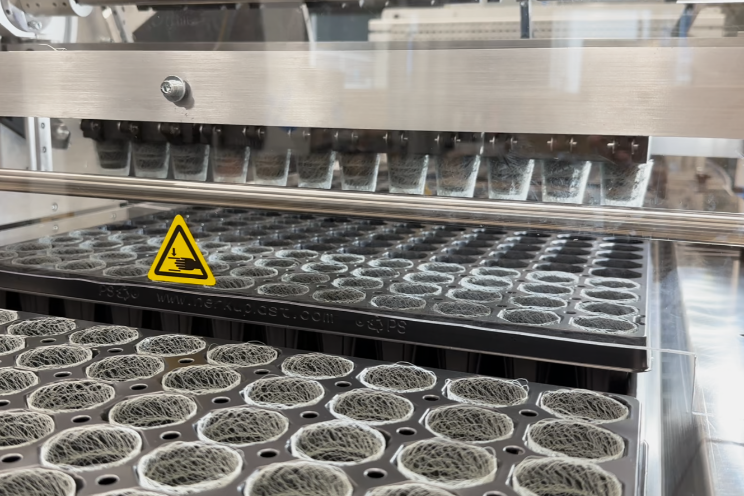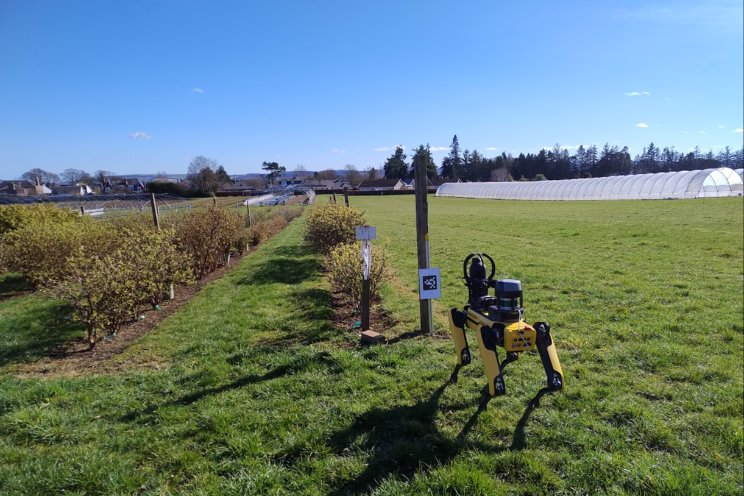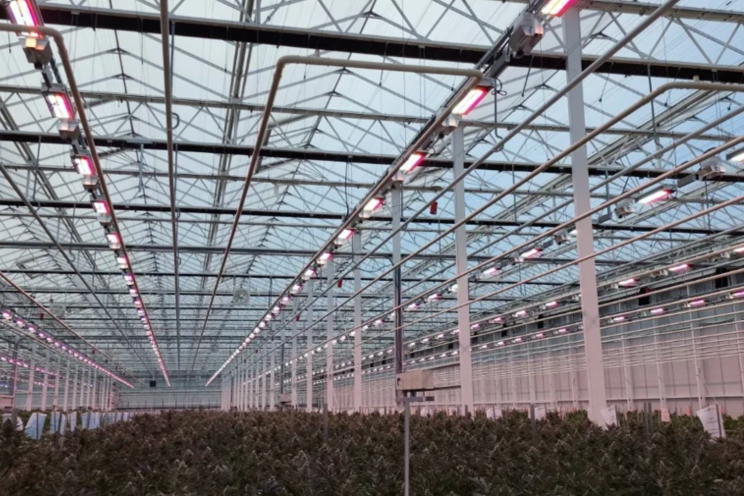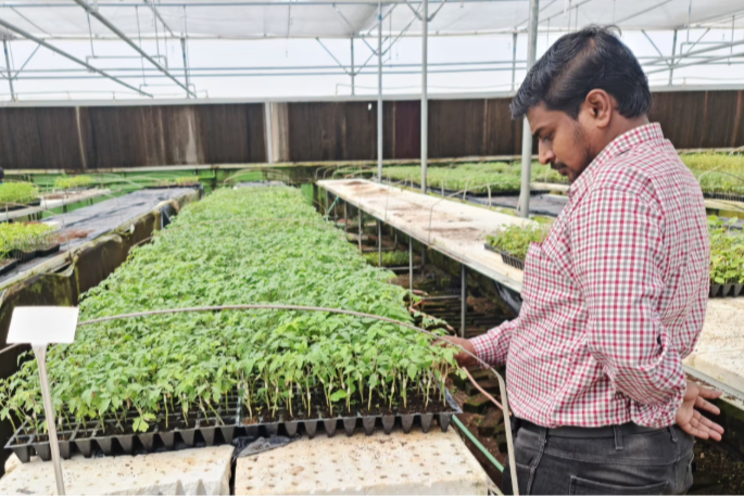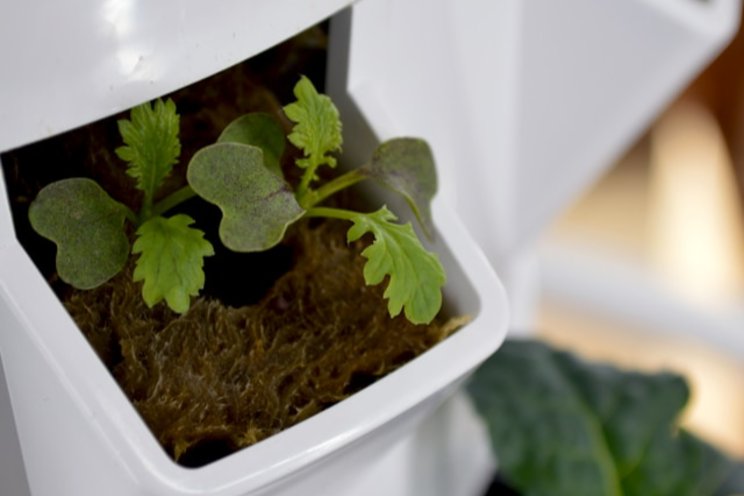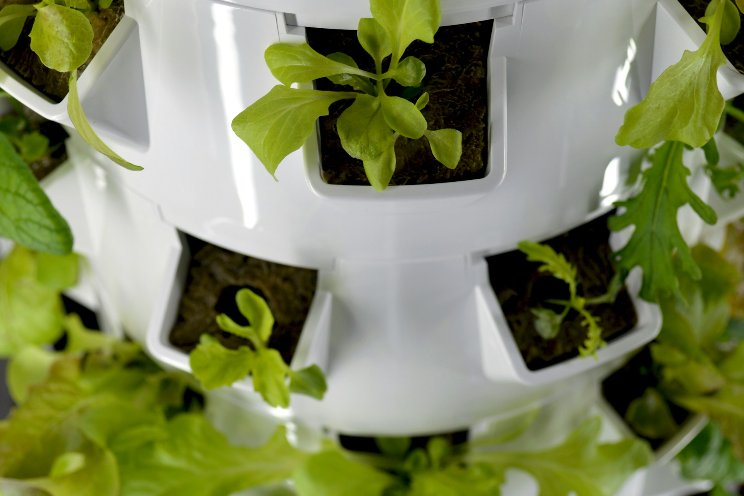Farming with AI: Optimising pollination
Added on 01 March 2023
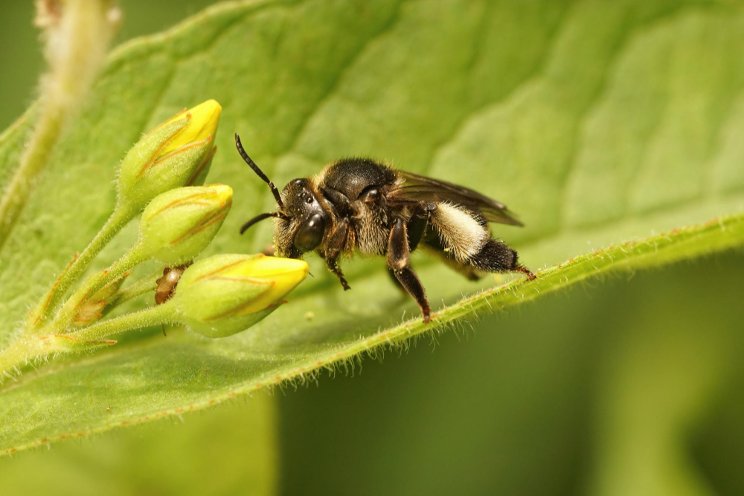
The research, published in the International Journal of Computer Vision, involved recording pollinators like honey bees, hover flies, moths, butterflies and wasps, to build a database of over 2000 insect tracks at a commercial strawberry farm in Victoria.
The recordings were then analysed using Computer Vision and AI to track individual movements of individual insects, to count them, and to monitor their flower visits. This enabled farmers and researchers to understand the contributions of different species to pollination.
Optimal pollination requires the right number of pollinator visits to flowers. Too few or too many visits, or visits by ineffective insect pollinators, can reduce the quality of food a flowering plant produces – ultimately impacting the yield.
Research co-author, NativeBee+Tech Facility Lab Director Associate Professor Alan Dorin, from the Faculty of Information Technology, said traditional methods of insect monitoring on farms are time-consuming, labour intensive and can produce inaccurate or unreliable data.
″The monitoring system developed through this study can generate same-day data of crop pollination levels and provide farmers the evidence they need to inform decision-making,″ Associate Professor Dorin said.
″Knowing the extent to which a crop has been pollinated allows growers to alter hive locations and numbers to boost pollination levels.
″Farmers might also open or close greenhouse sidewalls to encourage or discourage insect visits from particular directions. They may decide to add flowers to entice insects to explore crop regions that have not been pollinated adequately.
″These simple interventions can ensure a better rate of successful pollination, and a higher yield of market-quality fruit. We believe that this system will serve as a benchmark for future research in precision pollination.″
For the monitoring system, the researchers developed customised software to analyse the huge volume of data and reliably track individual insects flying through complex foliage.
The study’s lead researcher Dr Malika Ratnayake said a key challenge during the research was to identify the movement of individual insects within a video so that the same insect path is not accidentally counted multiple times.
Image by wirestock on Freepik
More news
